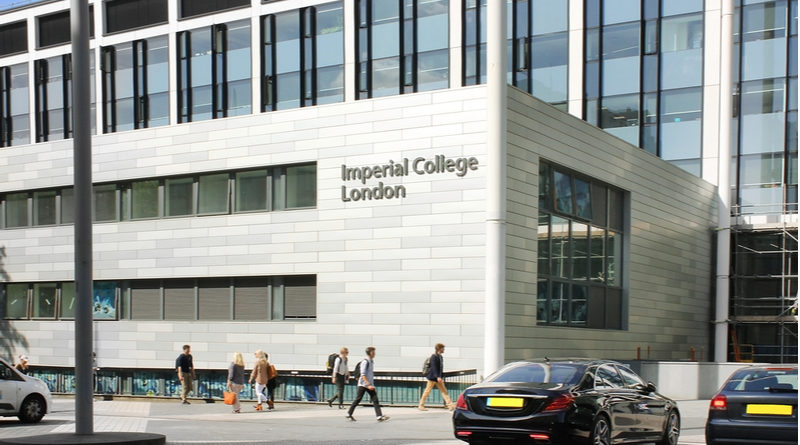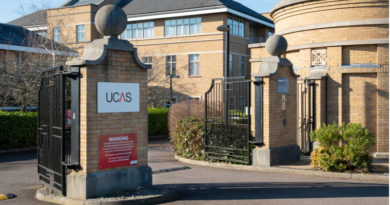The University of Imperial College London has been encouraged to demolish sculptures and rename buildings
Imperial College London conducted a survey. The British Empire has a long and illustrious history. The university advises that the statues be removed and that buildings and lecture halls honoring scientists who advocated for eugenics and racism be renamed.
Recommendations from a history panel of university independents Its goal is to reduce racial disparities and increase inclusion at Russell Group universities.
A number of well-known troublesome scientists were named and given buildings, rooms, and academic prestige in the report.
For example, the structure was named after British biologist and anthropologist Thomas Henry Huxley, who was lauded for proving that birds descended from dinosaurs and was dismissive of human intelligence. Because of our views, we want the name to be changed.
According to the research, Huxley’s article “Liberation-Black and White” supports the “scientific racism” belief system that established the racial hierarchy of IQ, as well as the destructive and incorrect eugenics ideology. Yes, there is. The legacy is still present today.
He also suggested that the bust of Aldous Huxley, the Royal University of Science’s first dean from 1881 until 1985, be removed from the exhibition and placed in the university’s archives.
Lecture halls named after major proponents of eugenics, such as WD Hamilton, who taught genetics at the institution from 1964 until 1977, ought to be renamed as well.
Concerns were also raised concerning donations made by donors Alfred, Ottobeit, and Julius Wenhar in the late 19th and early 20th centuries, according to the report. Three of the university’s most important funders, primarily because of their repressive treatment of black migrant workers in the diamond and gold mines they own.
The History Group suggests renaming the structure in honor of the Bait brothers.
He went on to say that if a building or room was renamed, the cause for the change would have to be made public via a plaque or QR code.
The report also recommends that institutions establish scholarships in the names of notable underappreciated women and black and ethnic minority scientists. Narinder Sinkapany, the first person to transport images through fiber optics and lay the groundwork for high-speed Internet technology, is one of them.
Before the institution chooses what action to take early next year, staff and students will be consulted on proposals.
Alice Gusto, President of Imperial, said: “History cannot be changed, but we can find ways to clarify the meaning of history, learn lessons from it, and prevent the abominable heritage from perpetuating.”




